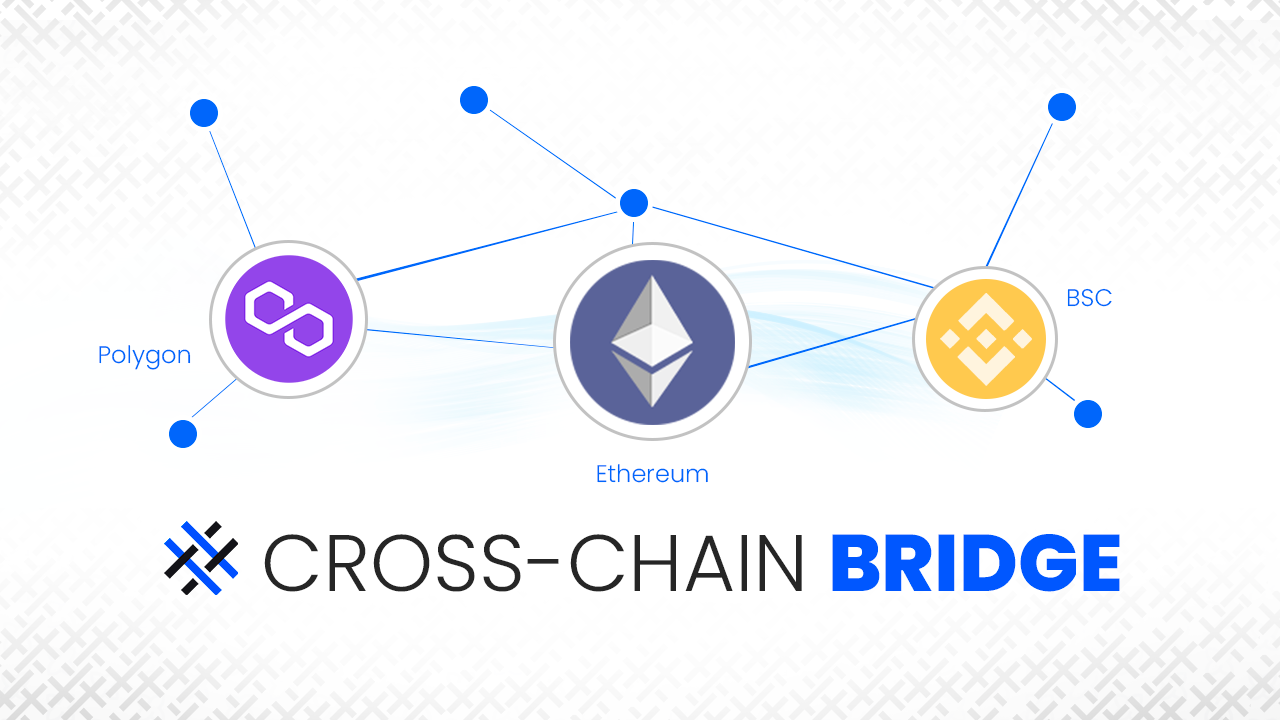In the rapidly evolving landscape of cryptocurrencies and blockchain technology, interoperability has emerged as a crucial factor in driving widespread adoption and seamless integration. As different blockchain networks operate in silos, the ability to transfer assets and data between them has become increasingly important. Enter the ETH to BNB bridge, a groundbreaking solution that facilitates the free flow of value between the Ethereum and Binance Smart Chain (BSC) ecosystems.
The Ethereum blockchain, with its smart contract capabilities and vibrant decentralized application (dApp) ecosystem, has been at the forefront of the blockchain revolution. However, its popularity has led to scalability issues, such as high transaction fees and network congestion. On the other hand, the Binance Smart Chain, a blockchain parallel to Ethereum, offers faster transaction speeds and lower fees, making it an attractive alternative for decentralized finance (DeFi) applications and other use cases.
The Ethereum to BNB bridge serves as a crucial link between these two powerful blockchain networks, enabling users to seamlessly transfer assets and leverage the strengths of both ecosystems. By facilitating the movement of tokens and data across chains, the bridge unlocks a world of new possibilities and expands the horizons of decentralized applications.
At its core, the Ethereum to BNB bridge like one provided by Defi Way operates through a process called token mapping. This involves locking tokens on the Ethereum network and generating corresponding tokens on the Binance Smart Chain. These “mapped” tokens can then be used within the BSC ecosystem, enabling users to participate in DeFi protocols, stake tokens, or engage in other activities without the need to sell their original Ethereum-based assets.
The bridge functions as a two-way mechanism, allowing users to move assets back and forth between the two chains. When users want to transfer their assets back to the Ethereum network, the mapped tokens on the BSC are burned, and the original tokens on the Ethereum network are unlocked and returned to the user’s wallet.
One of the key benefits of the Ethereum to BNB bridge is the ability to leverage the fast and cost-effective transactions offered by the Binance Smart Chain. With its Proof-of-Staked-Authority (PoSA) consensus mechanism, the BSC can process transactions at a much higher throughput and lower cost compared to the Ethereum network. This makes it an attractive option for users who need to perform frequent transactions or interact with DeFi protocols that require high throughput.
Moreover, the bridge opens up new opportunities for decentralized applications and developers. By bridging the gap between the two ecosystems, dApps can tap into the strengths of both networks, leveraging the robust smart contract capabilities of Ethereum while benefiting from the scalability and cost-efficiency of the Binance Smart Chain. This cross-chain interoperability fosters innovation and enables the creation of more advanced and feature-rich decentralized applications.
The Ethereum to BNB bridge also plays a crucial role in facilitating the widespread adoption of cryptocurrencies and blockchain technology. By allowing users to move assets between different networks, it reduces the barriers to entry and promotes a more seamless experience for users. This increased accessibility and user-friendliness can attract a broader audience to the world of decentralized finance and blockchain-based applications.
It’s important to note that the Ethereum to BNB bridge is a decentralized solution, meaning that no single entity controls or governs the bridging process. This decentralized nature ensures transparency, security, and trust, as the bridging process is governed by smart contracts and validated by a network of nodes.
While the Ethereum to BNB bridge offers numerous benefits, it is not without its challenges. One of the primary concerns is the potential risk of security vulnerabilities or bugs in the smart contracts governing the bridging process. If not properly audited and secured, these vulnerabilities could lead to the loss or theft of assets. Additionally, the bridging process introduces an additional layer of complexity, which may deter some users who prefer the simplicity of operating within a single blockchain ecosystem.
Despite these challenges, the Ethereum to BNB bridge represents a significant step forward in the pursuit of blockchain interoperability. As the ecosystem continues to evolve, it is likely that more cross-chain solutions will emerge, further enhancing the seamless integration of different blockchain networks and fostering a more interconnected and collaborative blockchain landscape.
In conclusion, the Ethereum to BNB bridge is a groundbreaking solution that unlocks the cross-chain potential of the Ethereum and Binance Smart Chain ecosystems. By facilitating the free flow of value and data between these two powerful networks, the bridge opens up new opportunities for decentralized applications, enhances user experiences, and promotes the widespread adoption of blockchain technology. As the industry continues to mature, cross-chain interoperability will become increasingly crucial, and solutions like the Ethereum to BNB bridge will play a pivotal role in shaping the future of decentralized finance and blockchain-based applications.


